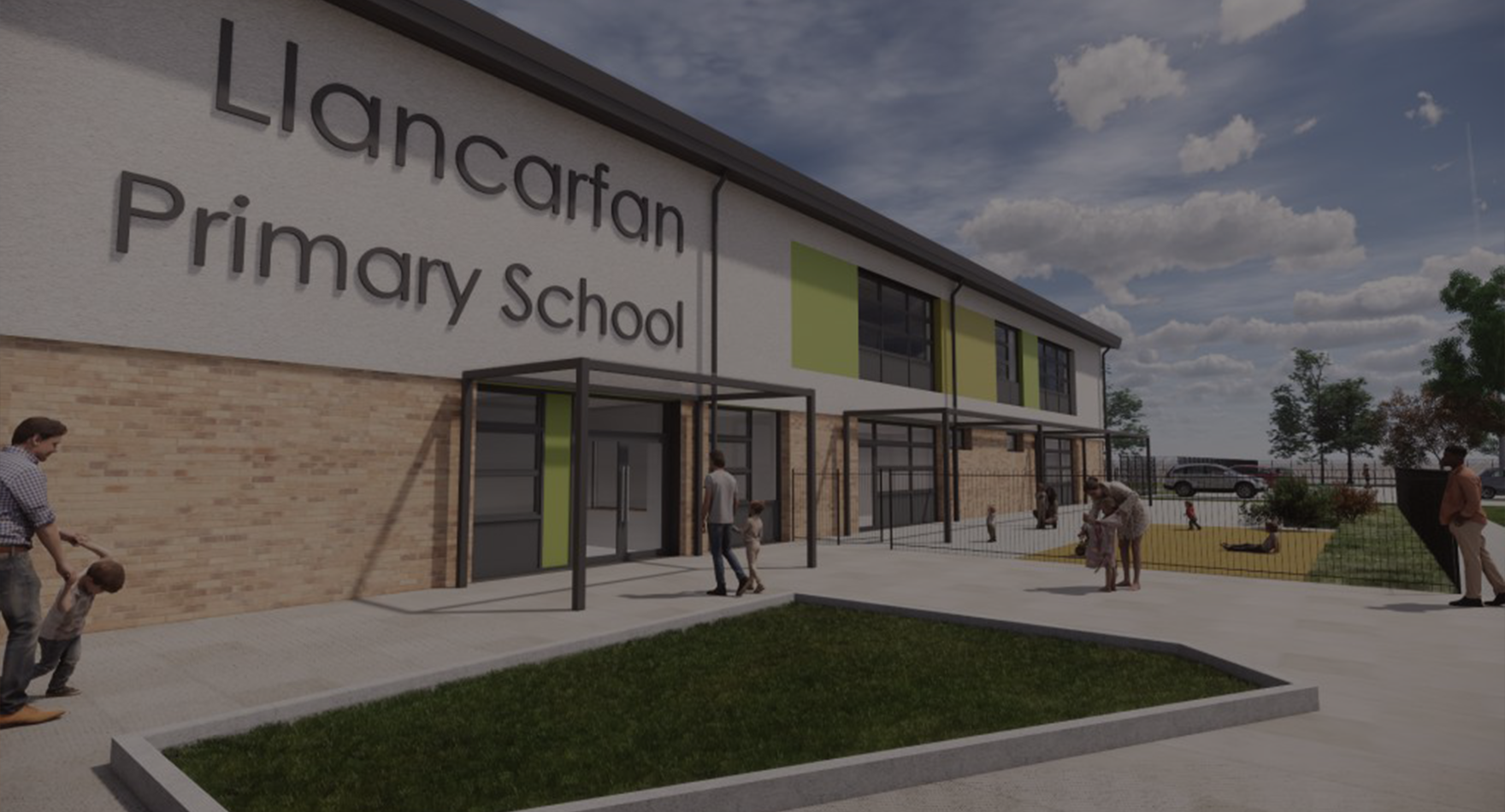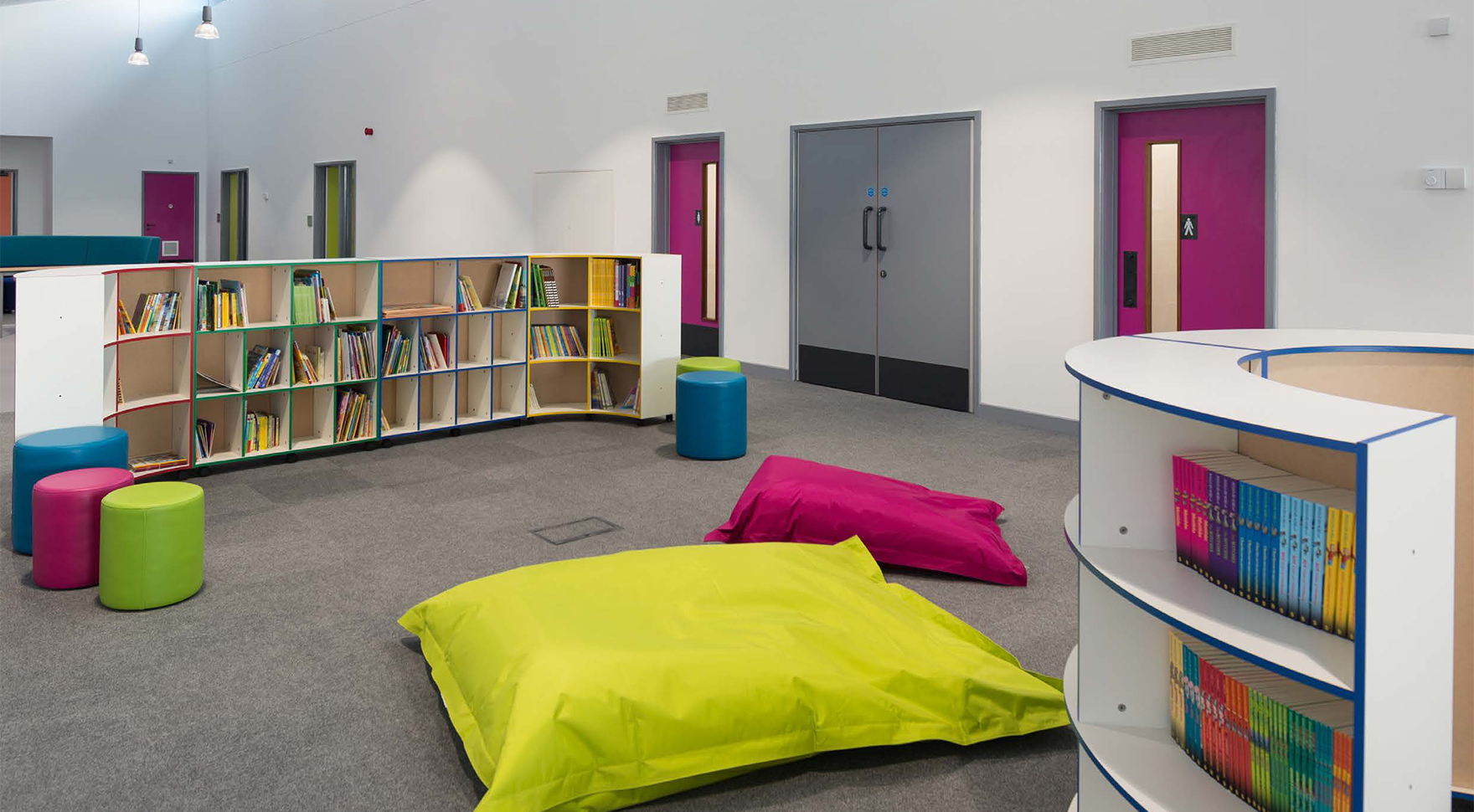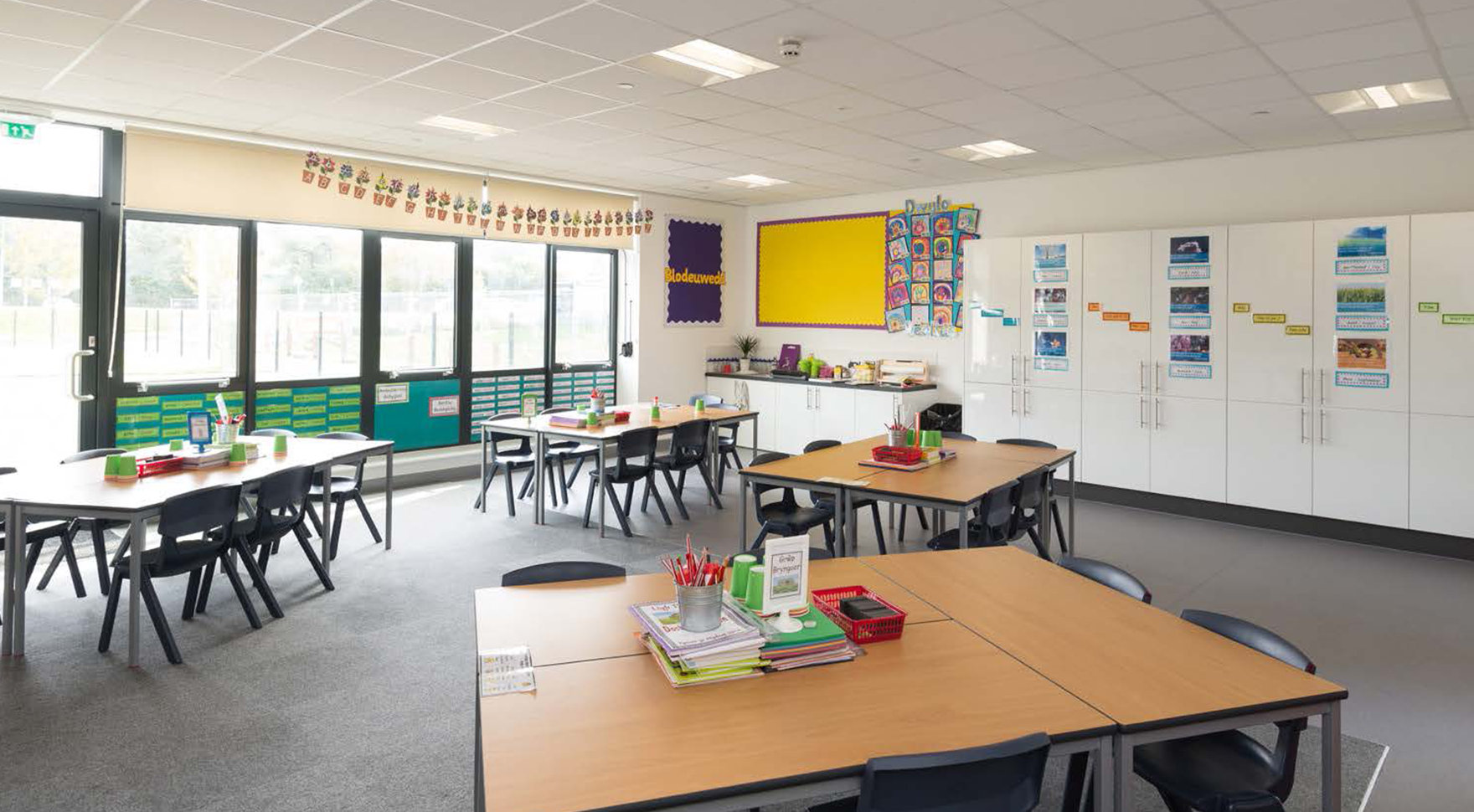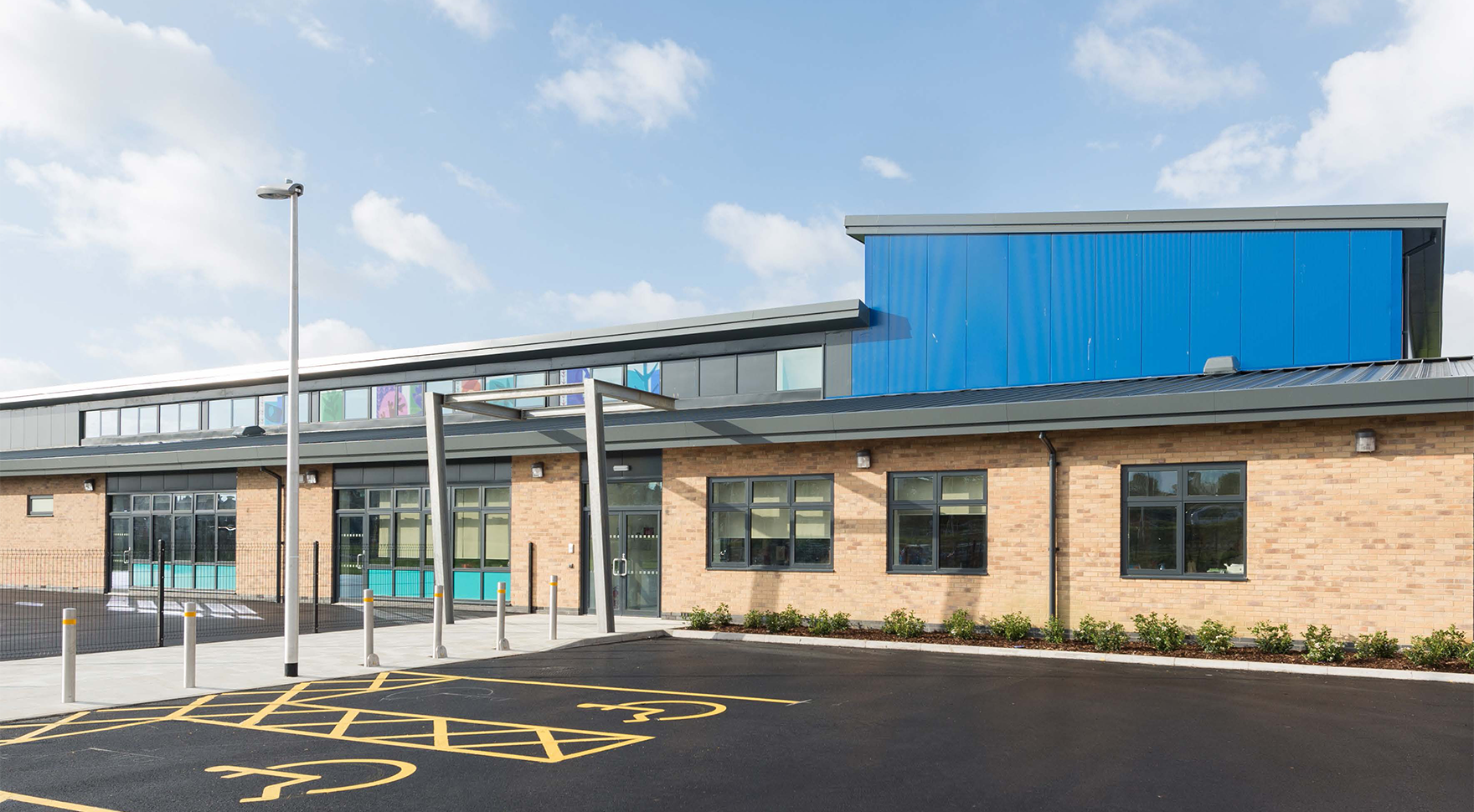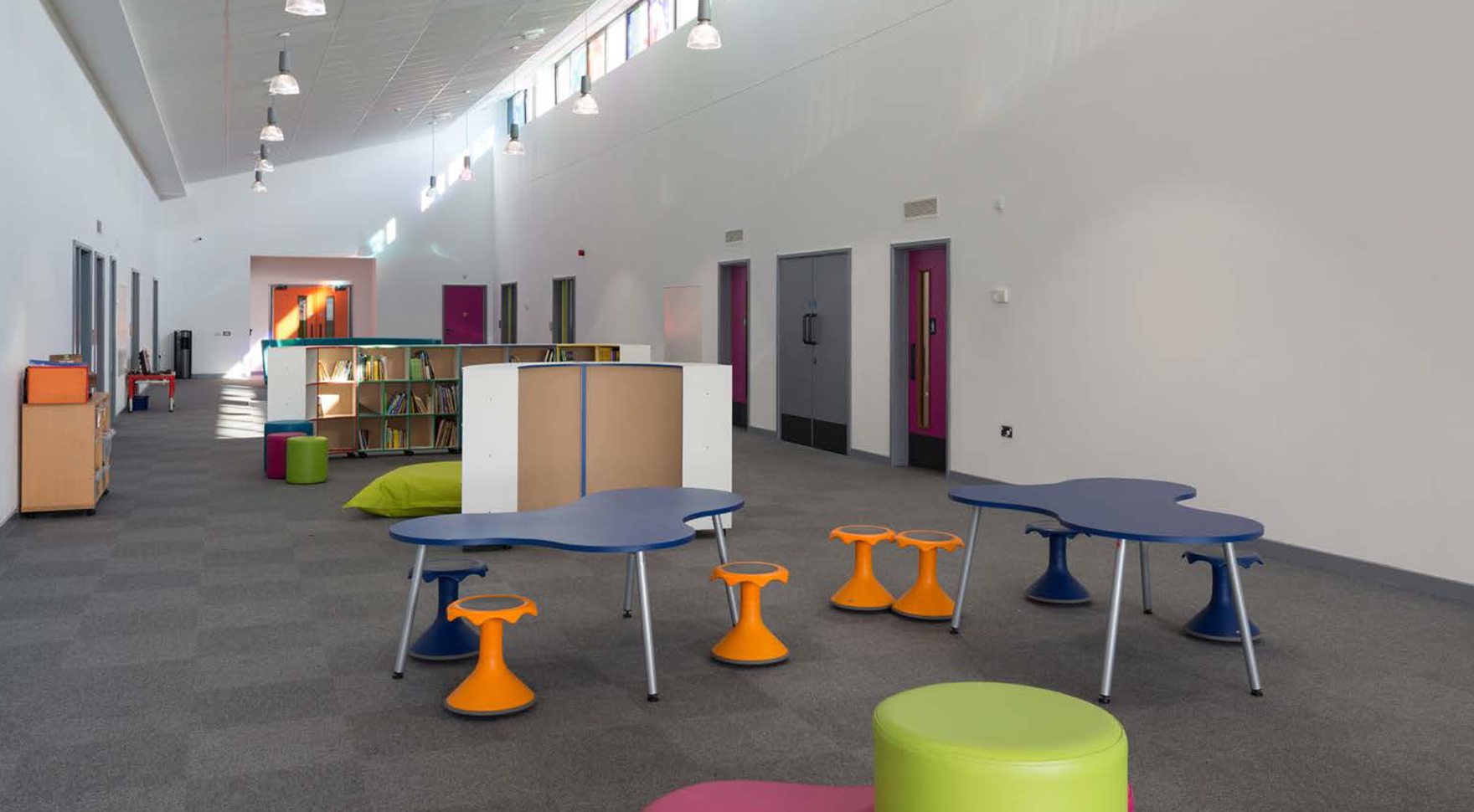The 21st Century Schools Programme is a long-term strategic investment in educational estate throughout Wales.
It is a unique collaboration between Welsh Government, the Welsh Local Government Association (WLGA), local authorities, colleges and diocesan authorities. Further details of the 21st Century School Programme can be found through the 21st Century Schools and Welsh Government websites.
The programme was launched with Band A which ran from April 2014 to March 2019. Band B was then launched in April 2019 and is due to run until March 2024. The Council submitted an ambitious programme for both Band A and Band B of the programme. £31m was invested in education buildings during Band A and a further £135m is due to be invested as part of Band B. Throughout the 21st Century Schools programme, the Council has explored innovative solutions to ensure our school buildings are fit for future generations.
As part of Band A, the Council adopted a standardised approach to the delivery of new primary school buildings. The Council appointed ISG Construction and Architects Stride Treglown to deliver three primary schools, utilising the Agilis model. Ysgol Gymraeg Nant Talwg (now Ysgol Gymraeg Bro Morgannwg) was the first Agilis school building delivered in Wales, representing the first practical application of a model school in the country. Ysgol Nant Talwg was a pioneering and innovative project which optimised natural ventilation, lean construction design and adaptable teaching environments fit for the future. Two further primary school projects, Oak Field Primary School and Ysgol Gymraeg Dewi Sant, were also delivered using this model. These primary schools have continued to perform well from both an environmental and teaching and learning perspective.
On 29 July 2019, the Vale of Glamorgan Council declared a ‘climate emergency’ and committed to reducing its carbon emissions to net-zero before by 2030, supporting the implementation of the Welsh Government’s new Low Carbon Delivery Plan. This also supports Welsh Government’s commitment to the target of achieving a net-zero carbon public sector in Wales by 2030.
The net-zero target recognises that there will be some emissions but that these need to be fully offset, predominantly through natural carbon sinks such as oceans and forests. When the amount of carbon emissions produced are cancelled out by the amount removed, the UK will be a netzero emitter.
In response to the climate emergency, the 21st Century Schools Team launched a project to explore how construction practices could be adapted to support the net-zero target as part of Band B of the 21st Century Schools Programme. ISG Ltd had been appointed to deliver three primary schools building on the principles developed in the Agilis model, across the Vale of Glamorgan, St David’s CIW Primary School, and Llancarfan Primary School.
St David’s CIW Primary School was designed to be low (inuse) carbon through improved building fabric, maximising solar gain and installing PV panels and it’s only energy source is electric. Careful consideration has been taken to select materials that maximise the fabric first approach and be easy to construct and maintain. The internal environment is being developed to maximise natural day lighting and fresh air provision.
This model was further developed to deliver net-zero (in-use) carbon school buildings for Llancarfan Primary School. To achieve this, the all-electric model was revised with additional renewables, battery storage and the installation of air-source heat pumps. Llancarfan Primary School will be the first netzero carbon primary school buildings in Wales. Although careful consideration has been taken to select materials that maximise the fabric first approach (whereby thermally efficient walls, roof, windows and doors reduce energy loss and minimise the energy needed to heat the building) and be easy to construct and maintain, the Council wanted to take the project further to address embodied carbon. The Council is currently working with representatives from the construction industry to develop an adaptable and scalable school design that is net-zero carbon (operation) and low embodied carbon. Hereby looking at the materials and the embodied carbon these contain and elements such as transport to site.
This project highlights the Vale of Glamorgan Council’s commitment to pushing the boundaries of school design to support the target of net-zero carbon by 2030, ensuring that our new school buildings are fit for the future.
